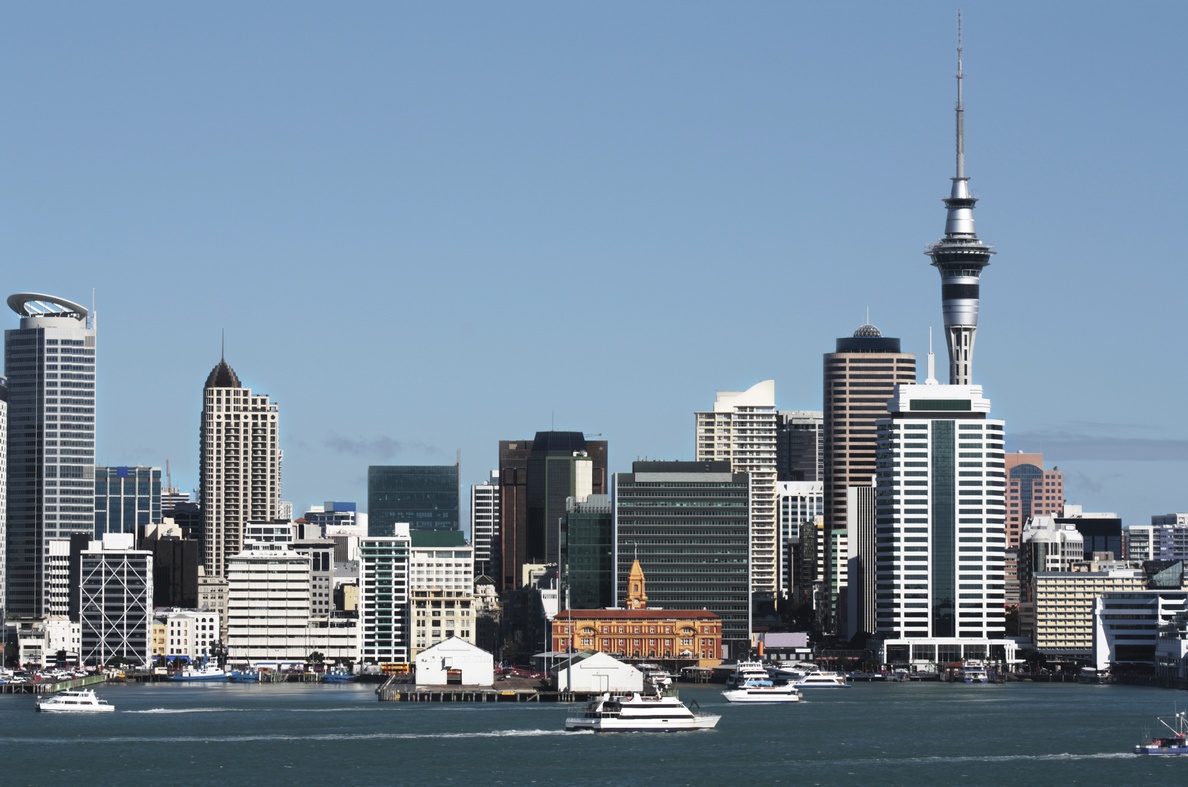Auckland regional household labour force survey: quarterly overview March 2021
Author:
Ross WilsonSource:
Auckland Council Research and Evaluation Unit, RIMU | Statistics New ZealandPublication date:
2021Topics:
EconomyAn overview of labour force participation in Auckland, as indicated by results of Stats NZ's quarterly Household Labour Force Survey. HLFS
Overview and highlights
For the quarter ended March 2021, compared to the preceding quarter (not seasonally adjusted):
- Auckland’s unemployment rate was 5.3%, the same as the previous quarter (5.3%).
- There was a rise in labour force participation rate (70.9% from 70.3%), and fall in numbers “NILF” (not in the labour force) (to 402,700), but those changes were actually within the survey margin of error so not “significant”.
- NILF includes available but not “actively” seeking work; these increased to 32,000.
- The number employed rose by 10,300 – due entirely to a rise in part-timers. (Net changes: could be new full-time jobs, offset by full-timers becoming part-time.)
- Weekly hours worked fell slightly to 37.8 (average including full and part-timers).
- The NEET (not in employment, education or training) rate for youth aged 15-24 rose to 16.8% (from 13.9% the preceding quarter); the rest of New Zealand had 12.9%.
Over the year ended March 2021:
- The unemployment rate overall averaged 5.1% in the year ended March 2021, significantly above a year prior (4.3%), and slightly above the year ended December 2020 (4.9%), but still lower than the annual rates in 2009 to 2014 (6.0% to 7.3%).
- The unemployment rate among those aged 15 to 19 averaged 18.4%, similar to 16.9% a year prior (but lower than all 2009 to 2019 including 31.0% in 2011).
- The unemployment rate for females of all ages averaged 5.5%, higher than 4.7% a year prior. Similarly, the unemployment rate for males averaged 4.7%, higher than 3.9% a year prior, so the gap between males and females (0.8%) was unchanged; it has narrowed significantly since its peak in the year ended June 2015 (2.5%).
- Unemployment rates among Māori (8.0%) and Pacific people (8.6%) were similar to a year prior (8.3% and 7.9% respectively), while there were 0.9% rises for European (from 3.0% to 3.9%) and Asian (from 4.4% to 5.3%) ethnic groups.
- The labour force participation rate overall averaged 70.0%, slightly below a year prior (70.8%), and the same as the year ended December 2020 (70.0%).
- The labour force participation rate for males (75.8%) was the same as a year prior (75.7%); females’ rate fell from 66.2% to 64.4% (but still above their 57.1% in 2001).
- Labour force participation rates fell slightly from a year prior for ages 15-19 (40.5% to 38.3%), 20-24 (77.8% to 76.0%) and 55+ (50.3% to 48.7%), not 25-39 and 40-54.
- Labour force participation rates fell slightly from a year prior for European (72.6% to 71.1%) and Māori (67.3% to 66.0%) ethnicities, but not Pacific (62.4%) or Asian (72.8%).
Overview published May 2021.
